Sonus Paradisi
Valvasone, 1533 [Hauptwerk]
Valvasone, 1533 [Hauptwerk]
Couldn't load pickup availability
Valvasone Renaissance Organ
The organ in the gothic church of St. Corpus Christi in Valvasone was constructed by Vincenzo Colombi in 1532–1533.
Various changes to pipes and stops were carried out during the seventeenth through nineteenth centuries. At the beginning of the twentieth century, the organ was no longer playable and was left abandoned.
The first restoration of the instrument occurred during 1972–1974 and was performed by Alfredo Piccinelli. A second restoration by Francesco Zanin followed in 1999. Zanin brought the instrument back to its original Renaissance condition, including the original spring windchest.
Presented to you by Leonart Studio, your authorised reseller for Sonus Paradisi in Switzerland (shipped internationally). Get your digitally sampled historical organs for the use with the Hauptwerk virtual instrument software.
Share this Sample Set
![Valvasone, 1533 [Hauptwerk]](http://artful.shop/cdn/shop/files/ss_Valvasone1.jpg?v=1693004326&width=1445)
![Valvasone, 1533 [Hauptwerk]](http://artful.shop/cdn/shop/files/ss_Valvasone2.jpg?v=1693004327&width=1445)
![Valvasone, 1533 [Hauptwerk]](http://artful.shop/cdn/shop/files/ss_Valvasone3.jpg?v=1693004327&width=1445)
![Valvasone, 1533 [Hauptwerk]](http://artful.shop/cdn/shop/files/ss_Valvasone4.jpg?v=1693004326&width=1445)
![Valvasone, 1533 [Hauptwerk]](http://artful.shop/cdn/shop/files/ss_Valvasone5.jpg?v=1693004326&width=1445)
![Valvasone, 1533 [Hauptwerk]](http://artful.shop/cdn/shop/files/ss_Valvasone6.jpg?v=1693004326&width=1445)
![Valvasone, 1533 [Hauptwerk]](http://artful.shop/cdn/shop/files/ss_Valvasone7.jpg?v=1693004327&width=1445)
![Valvasone, 1533 [Hauptwerk]](http://artful.shop/cdn/shop/files/ss_Valvasone8.jpg?v=1693004326&width=1445)
![Valvasone, 1533 [Hauptwerk]](http://artful.shop/cdn/shop/files/ss_Valvasone11_76e8ab75-33be-42b1-aac1-35fc1e63e286.png?v=1693004327&width=1445)
Specification (stop list)
-
Manual I
F–f3 (extended from C-)
Tenori 12' (ext. 16')
Ottava (8')
Quinta Decima (4')
Decima Nona (2 2/3')
Vigesima Seconda (2')
Vigesima Sesta (1 1/3')
Vigesima Nona (1')
Flauto in XV (4') -
Manual II
-
-
Manual III
-
-
Manual IV
-
-
Pedal
hard coupled
-
Other specification
Accessories:
Tremulant (= Fiffaro)
Virtual extensions:
All stops are extended to the full bass octave (from the low C).
History
Valvasone Renaissance Organ
The organ in the gothic church of St. Corpus Christi in Valvasone was constructed by Vincenzo Colombi in 1532–1533. It was located in a balcony on the right wall of the church. The organ case was completed in 1535, and between 1535—1538 it was decorated with carvings done by Girolamo di Venezia and donated by Tommaso Mioni da Udine. The organ was to be further embellished by paintings by Il Pordenone (Giovanni Antonio de' Sacchis), but he died before the work could be finished. After 1539, the paintings were instead completed by Pomponio Amalteo. The doors of the organ case depict scenes from the Old Testament: the Sacrifice of Isaac is on the left wing panel, and the Sacrifice of Melchizedek is on the right wing panel. On the balcony itself, there are scenes from the New Testament.
Various changes to pipes and stops were carried out during the seventeenth through nineteenth centuries. At the beginning of the twentieth century, the organ was no longer playable and was left abandoned.
The first restoration of the instrument occurred during 1972–1974 and was performed by Alfredo Piccinelli. A second restoration by Francesco Zanin followed in 1999. Zanin brought the instrument back to its original Renaissance condition, including the original spring windchest.
The organ consists of a single manual with an unusual (by today's standards) compass of 47 keys (FGA-f3) and a pull-down pedal of Italian style (FGA-d1). The stops form a typical Italian plenum composed of individual principal-scaled ranks. There is also a flute at 4' pitch. The organ has a tremulant, labeled "Fiffaro" under its switch. The organ is winded by three wedge bellows, and the wind pressure is 43 mm (water column measurement).
The organ's pitch is 490 Hz at 18°C. The temperament is meantone.
Features
Encryption, sample quality
The sample set is offered in 48kHz sample set. No encryption, the sample set is available in a plain wave format. The sample set runs in Hauptwerk 4.2 and higher versions.
Reverb time
The reverb time is ca. 3 seconds.
Keyboards, pedalboard
The original compass of the keyboards is 47 keys (F-f3, no F#, no G#), which is extended to 54 keys (C-f3) virtually via a dedicated switch. The original compass of the pedal division is 20 keys (F-d1), extended to 27 keys (C-d1) virtually.
Tremulants
All ranks were recorded with and without tremulants where available for the most convincing tremulant behavior. It is possible to use artificial (waveform) tremulant instead to save RAM (the switch is located on the mixer tab). You can choose to omit some or all of the sampled tremulant ranks when you load the organ the first time.
Special features
The organ was recorded in 5 microphone perspectives in varying distance from the instrument (and various micing techniques), giving vast mixing possibilities.
Tenori stop and the Flute stop were recorded twice with differnt touch speed. Therefore, the tone is different when pressed gently, and different when pressed firmly. To reproduce the effect, MIDI velocity sensitive keyboard is necessary. The split point is set to MIDI velocity value 35.
Wet, 10-Channel Surround, Full Surround variant
In addition to the Semi-Dry variant, the surround also contains these microphone perspectives:
Front direct channels - capture the sound at moderate distance from the pipes, resulting in relatively direct sound with little reverberation. Note: These samples are different from the semi-dry samples, which are recorded very close to the pipes.
Front diffuse channels - captured at mid distance from the organ, where the sound had an excellent balance of direct and reverberated sound. These channels can be used alone for simple stereo applications, or as a front channels for surround.
Front distant channels - captured at larger distance from the organ, so that the sound appears immersed in the reverberation. These channels can be used alone or mixed with the Front direct channels for more detail.
Rear channels - capture the acoustic response of the church, not the direct organ sound. These channels are good for rear speakers in a surround setup, or can be mixed into a stereo signal for a wetter sound in headphones or other 2-channel setups.
The 10-Channel Surround variant of the model includes the Front Diffuse and Rear channels.
In total, there are eight front channels and two rear channels available. In the Full Surround variant, the front and rear audio channels can be mixed or used separately in myriad ways, depending on the preferences of the user. A dedicated "mixing desk" is available in Hauptwerk to mix the sound to the desired level of "wetness". Note: To reproduce the surround format, an audio card with at least 4 output channels is required, dedicating front channels (in any desired blend) for the front speakers, and other two channels for the rear speakers.

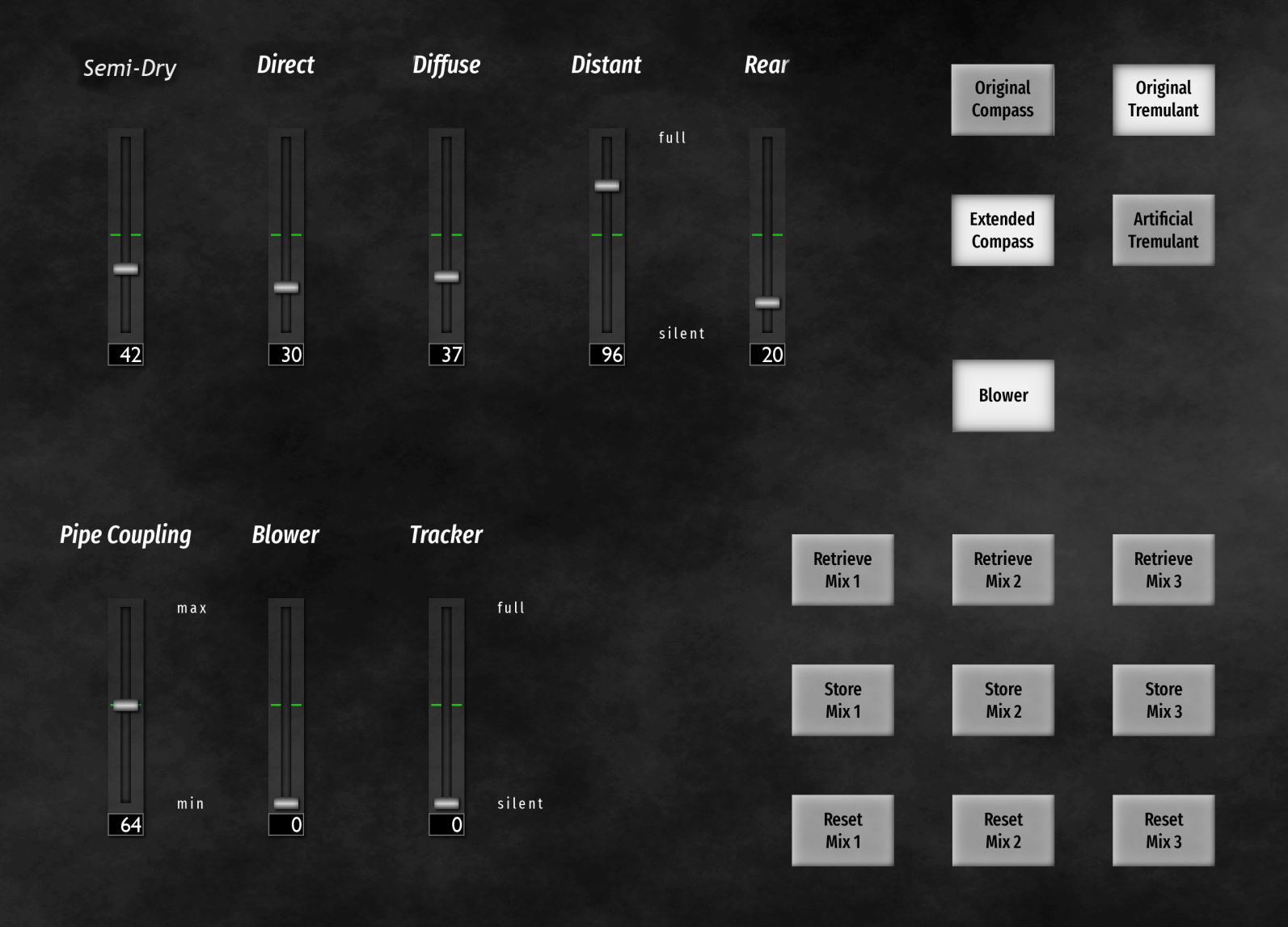
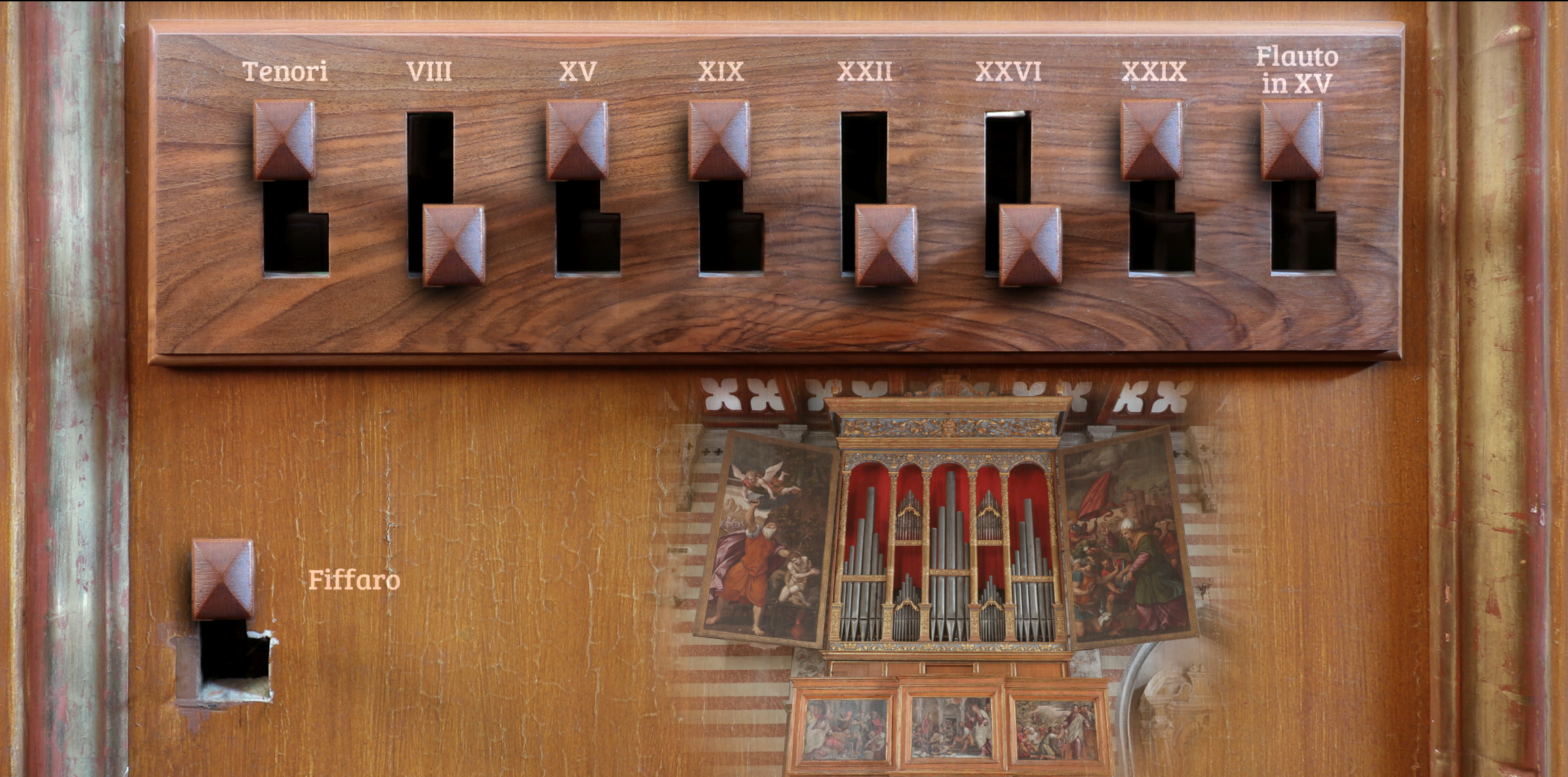

Requirements
The sample set runs in Hauptwerk 4.2 and higher versions.
Screen resolution 1280x1024 px or more.
Polyphony of 2000 voices recommended for the full suround.
RAM consumption: 10-channel surround
16-bit, other settings default: 10.6 GB
20-bit, other settings default: 16.7 GB (recommended)
24-bit, other settings default: 19.8 GB
This Hauptwerk Sample Set is presented to you by Leonart Studio, an authorised reseller for the manufacturer Sonus Paradisi in Switzerland (shipping internationally). Enjoy this digitally sampled organ library for the use with Hauptwerk software and start expanding your historical organ collection today.
More Hauptwerk Sample Sets
-
Casavant, 1995 [Hauptwerk]
Vendor:Sonus ParadisiRegular price CHF 174.90Regular priceUnit price / per -
Bückeburg, 1997 [Hauptwerk]
Vendor:Sonus ParadisiRegular price From CHF 1.10Regular priceUnit price / per -
Schwerin, Dom, Ladegast Organ 1871 [Hauptwerk]
Vendor:Sonus ParadisiRegular price CHF 616.00Regular priceUnit price / per -
Segovia, 1772 [Hauptwerk]
Vendor:Sonus ParadisiRegular price CHF 317.90Regular priceUnit price / per -
Reuter, 1928 [Hauptwerk]
Vendor:Sonus ParadisiRegular price CHF 473.00Regular priceUnit price / per -
Rotterdam Hoofdorgel, 1973 [Hauptwerk]
Vendor:Sonus ParadisiRegular price From CHF 330.00Regular priceUnit price / perCHF 958.10Sale price From CHF 330.00Sale -
Groningen, 1450-1740 [Hauptwerk]
Vendor:Sonus ParadisiRegular price From CHF 658.90Regular priceUnit price / perCHF 1,681.90Sale price From CHF 658.90Sale -
Frankfurt a.d. Oder, 1975 [Hauptwerk]
Vendor:Sonus ParadisiRegular price From CHF 220.00Regular priceUnit price / perCHF 550.00Sale price From CHF 220.00Sale -
Piacenza, 1838 [Hauptwerk]
Vendor:Sonus ParadisiRegular price CHF 330.00Regular priceUnit price / per -
Lüdingworth, 1683 [Hauptwerk]
Vendor:Sonus ParadisiRegular price CHF 330.00Regular priceUnit price / per

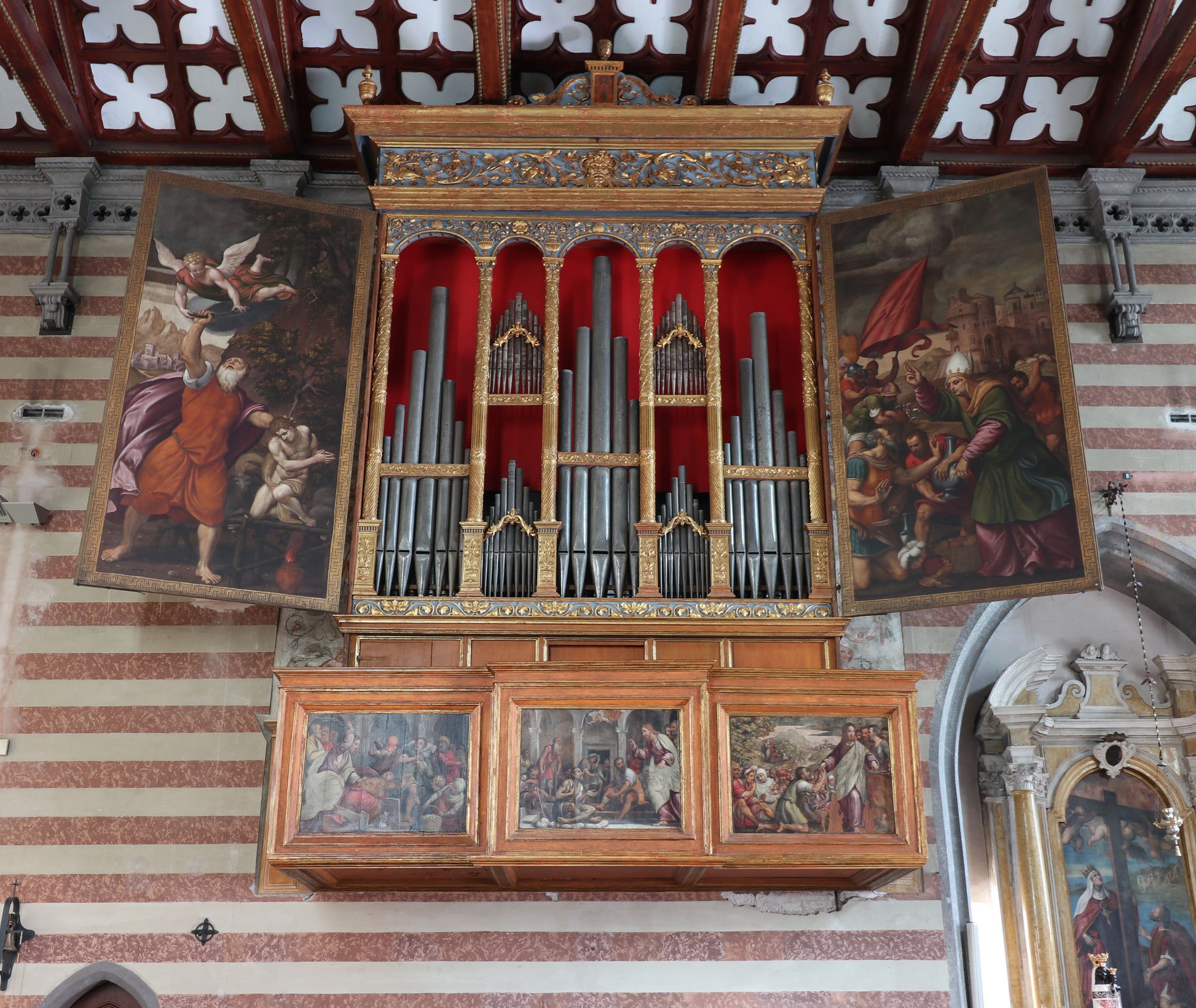

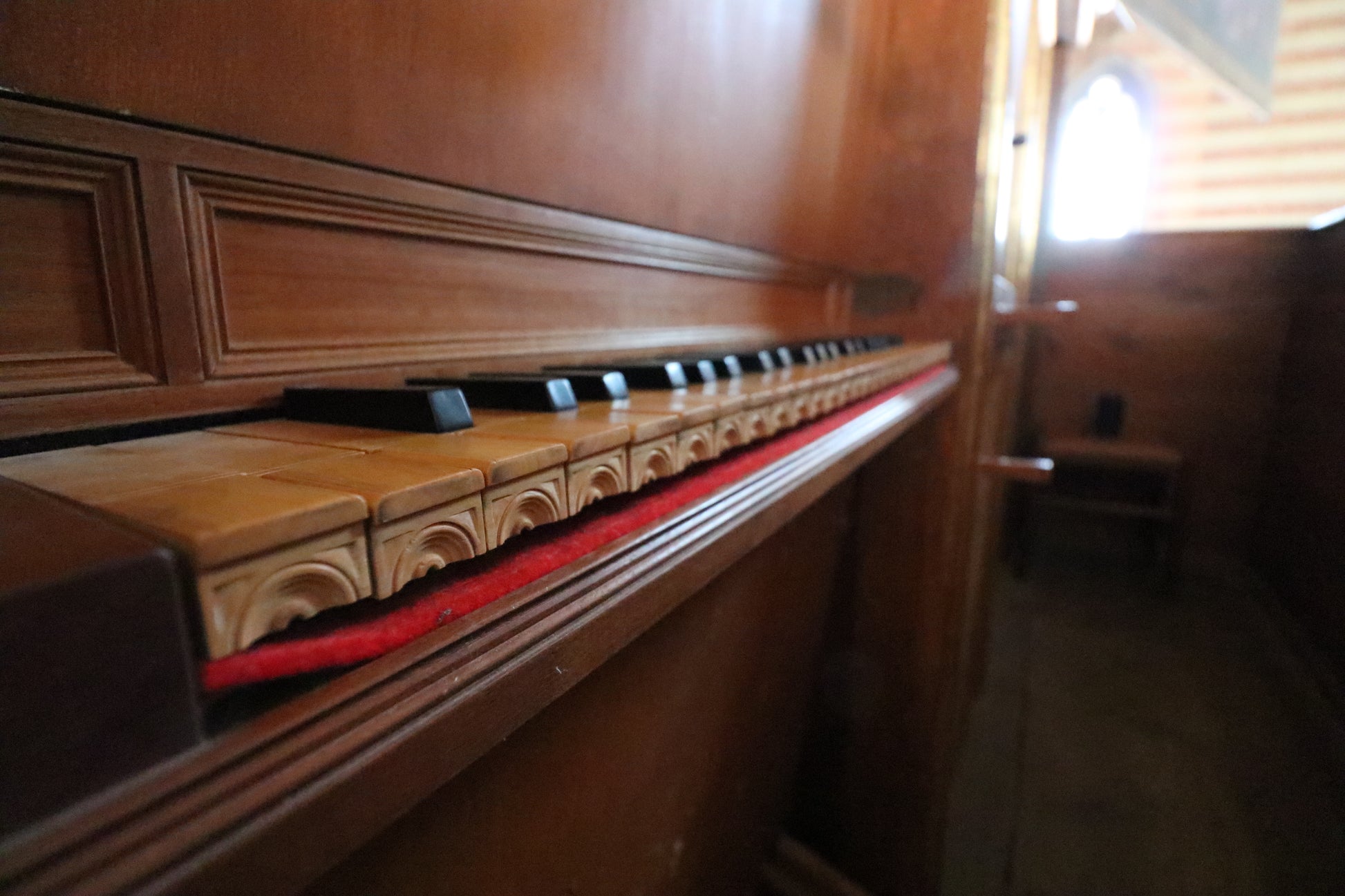
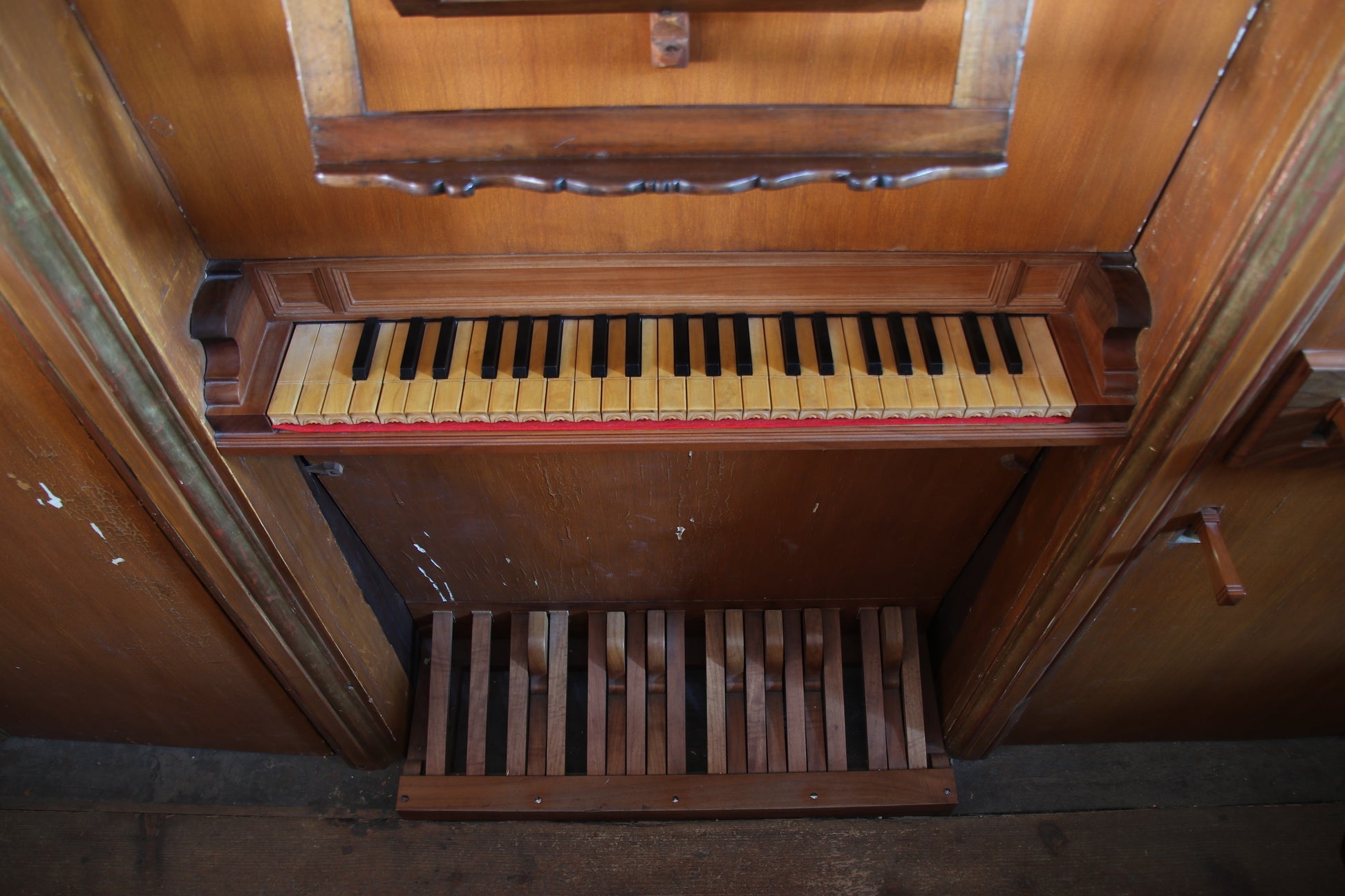
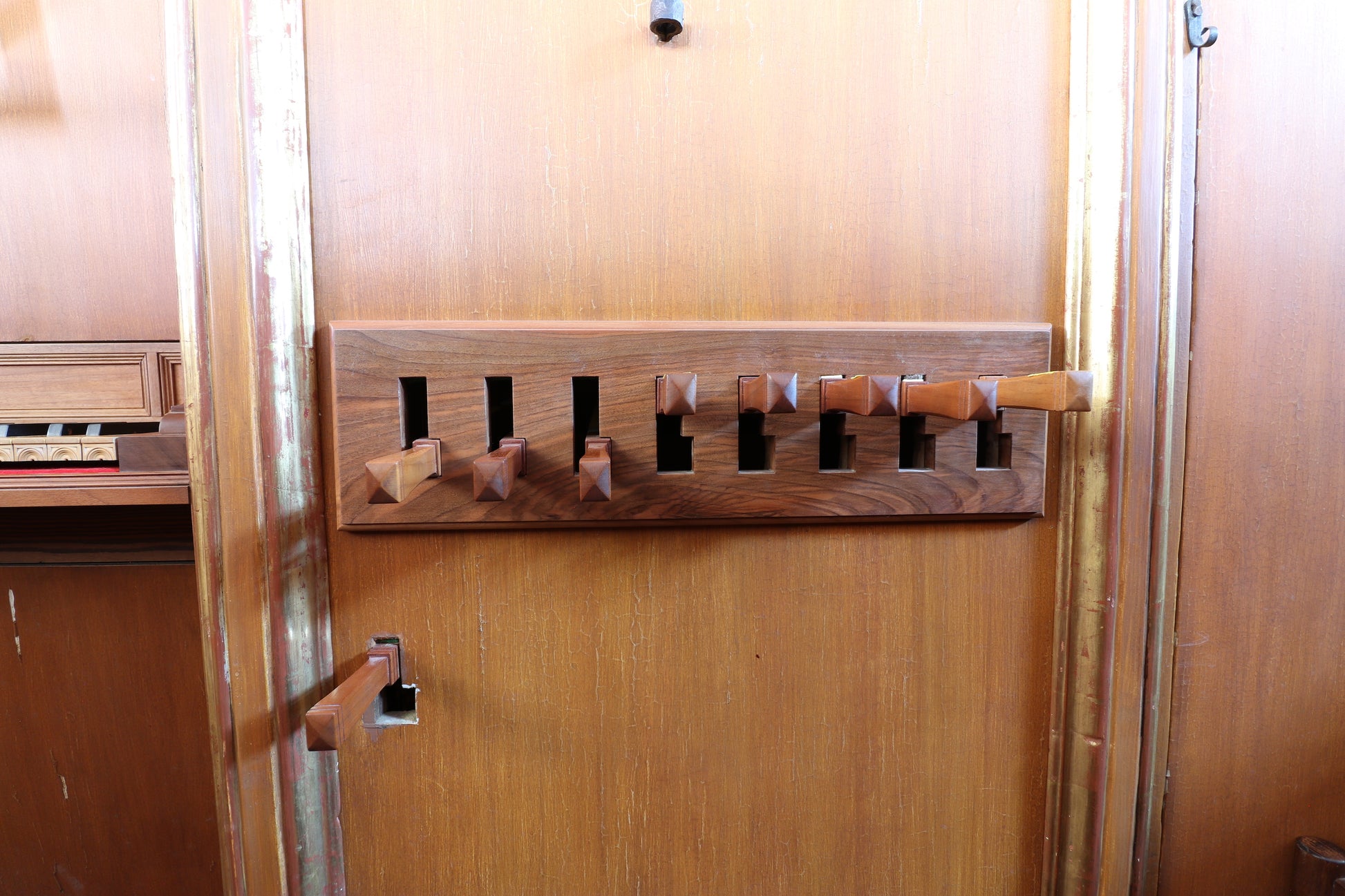
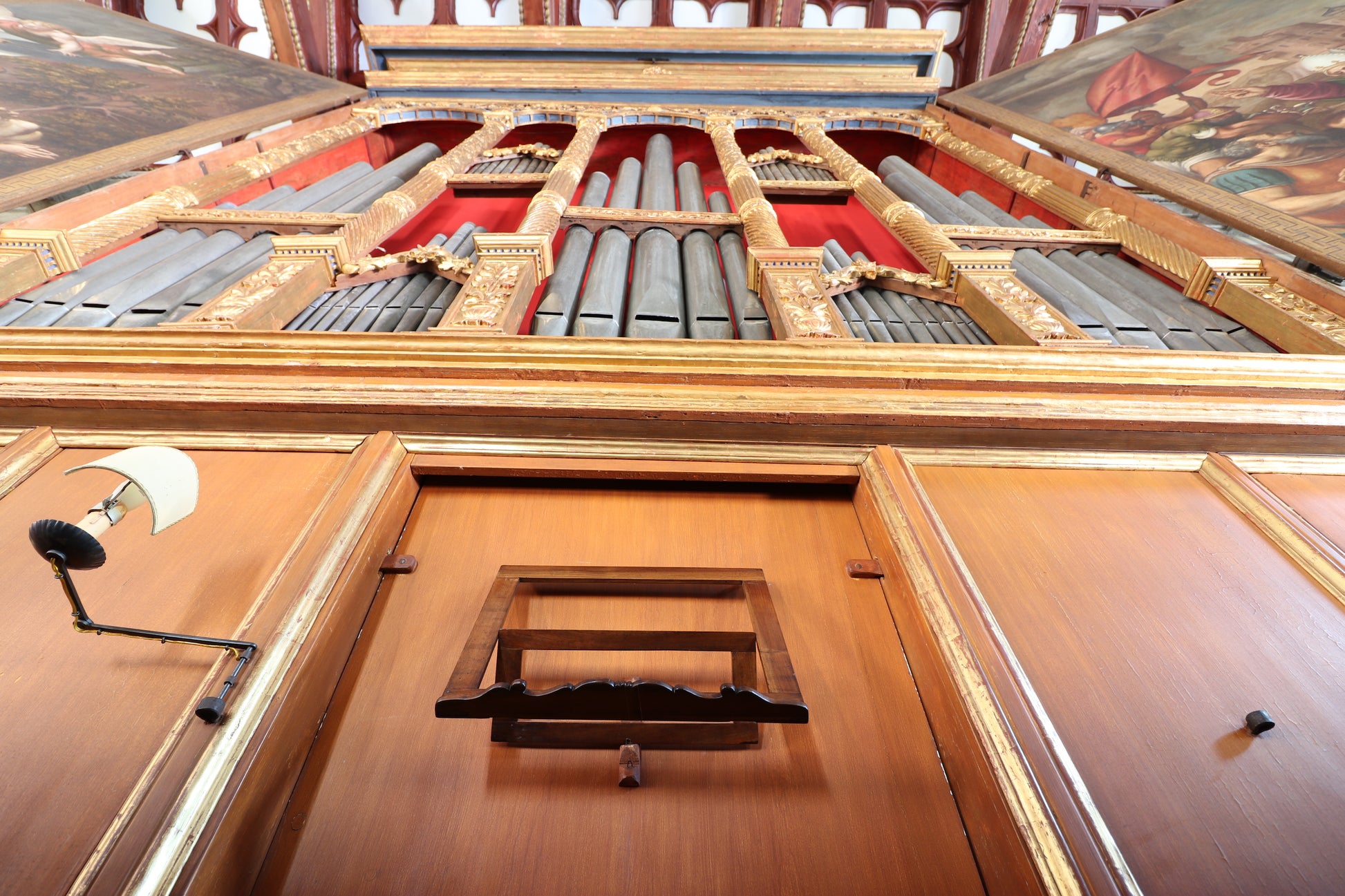


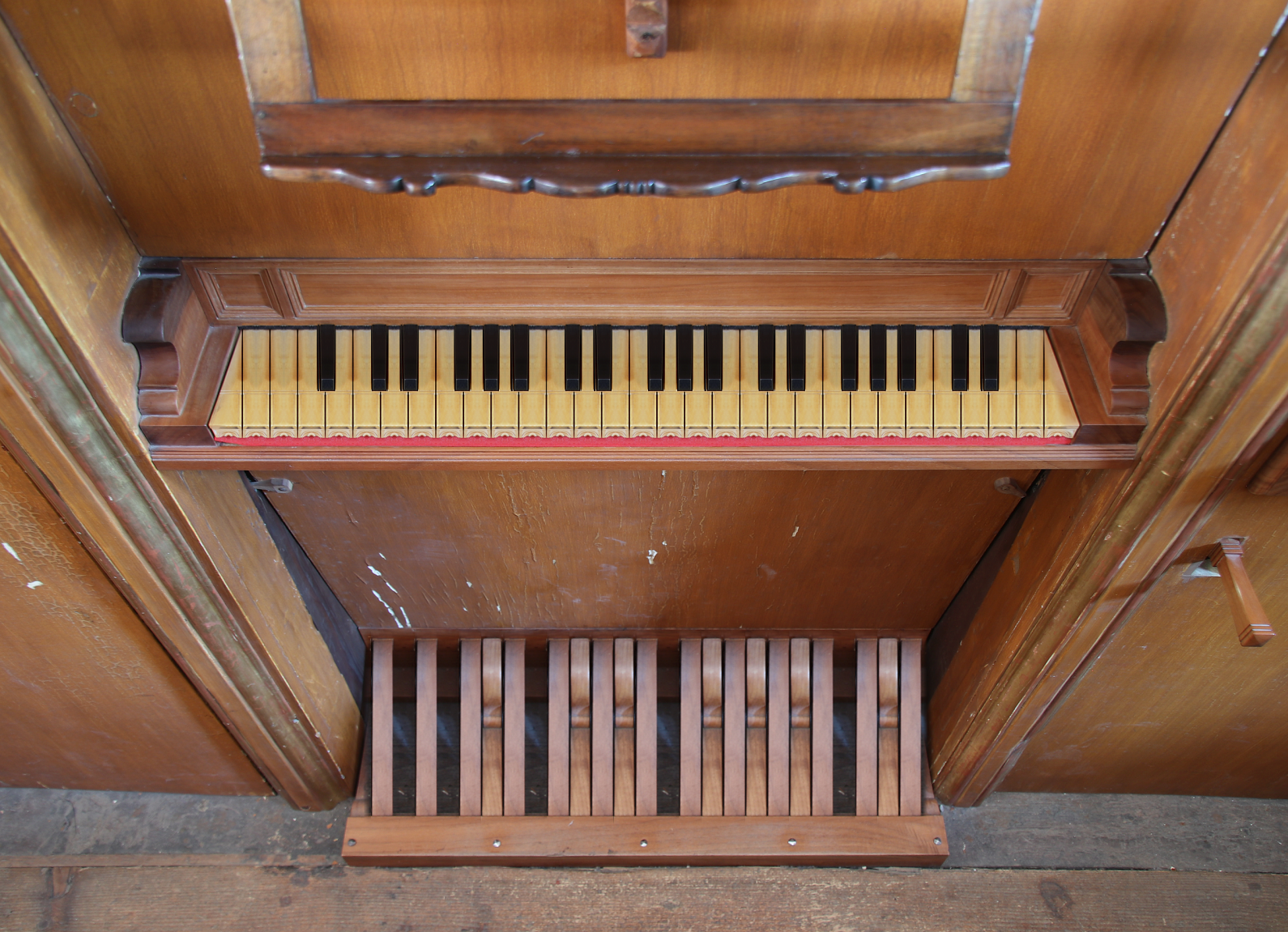
![Casavant, 1995 [Hauptwerk]](http://artful.shop/cdn/shop/files/ss_casavant1.jpg?v=1693319885&width=533)
![Bückeburg, 1997 [Hauptwerk]](http://artful.shop/cdn/shop/files/ss_bueckeburg1.jpg?v=1692967628&width=533)
![Schwerin, Dom, Ladegast Organ 1871 [Hauptwerk]](http://artful.shop/cdn/shop/files/ladegast1.jpg?v=1759140126&width=533)
![Segovia, 1772 [Hauptwerk]](http://artful.shop/cdn/shop/files/ss_segovia1.jpg?v=1714213906&width=533)
![Reuter, 1928 [Hauptwerk]](http://artful.shop/cdn/shop/files/ss_Reuter1.jpg?v=1693321024&width=533)
![Rotterdam Hoofdorgel, 1973 [Hauptwerk]](http://artful.shop/cdn/shop/files/ss_RotterdamMain1.jpg?v=1693279529&width=533)
![Groningen, 1450-1740 [Hauptwerk]](http://artful.shop/cdn/shop/files/ss_Groningen1.jpg?v=1693275425&width=533)
![Frankfurt a.d. Oder, 1975 [Hauptwerk]](http://artful.shop/cdn/shop/files/ss_frankfurtoder1.jpg?v=1692974219&width=533)
![Piacenza, 1838 [Hauptwerk]](http://artful.shop/cdn/shop/files/ss_piacenza1.jpg?v=1693003521&width=533)
![Lüdingworth, 1683 [Hauptwerk]](http://artful.shop/cdn/shop/files/ss_luedingworth1.jpg?v=1692998051&width=533)